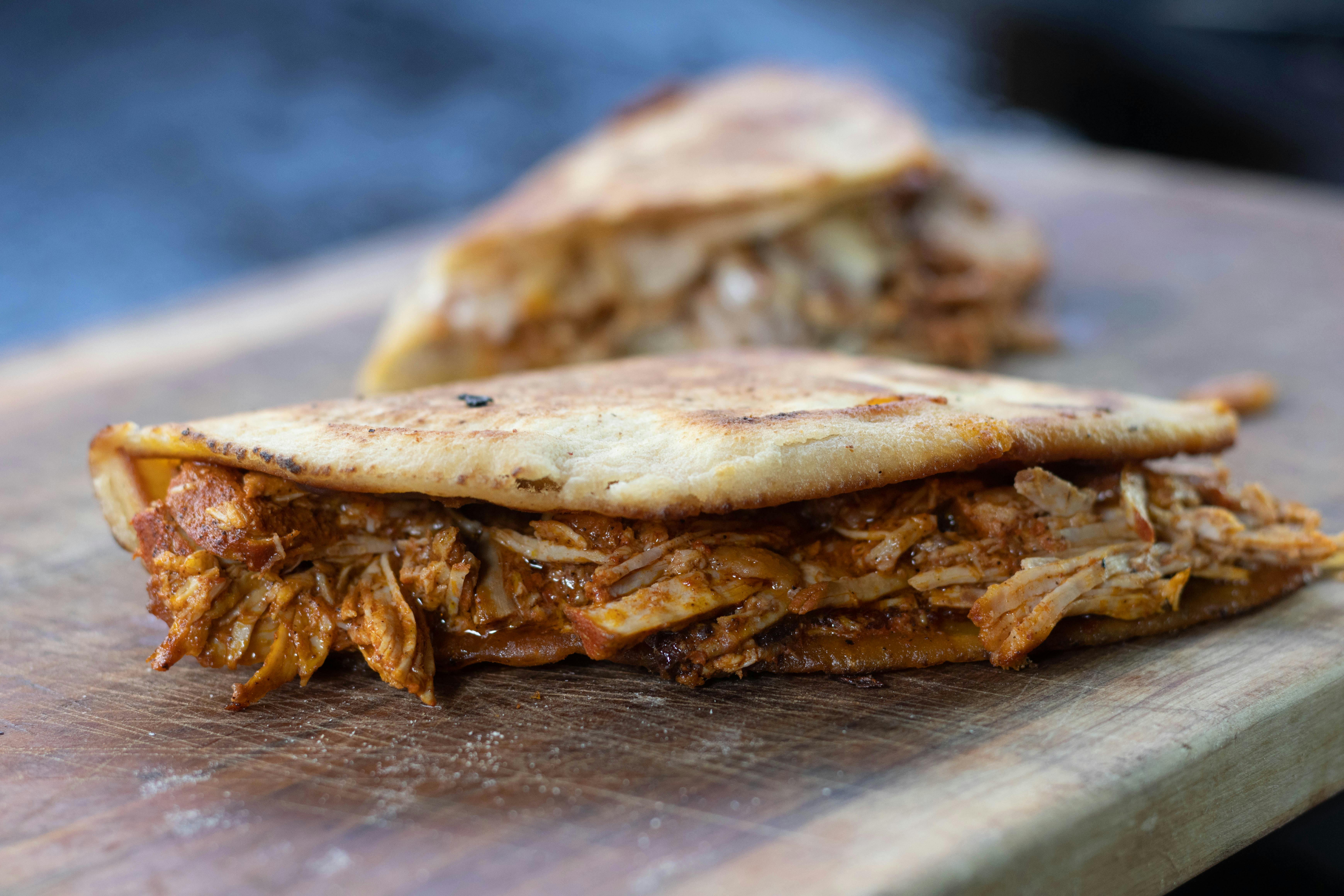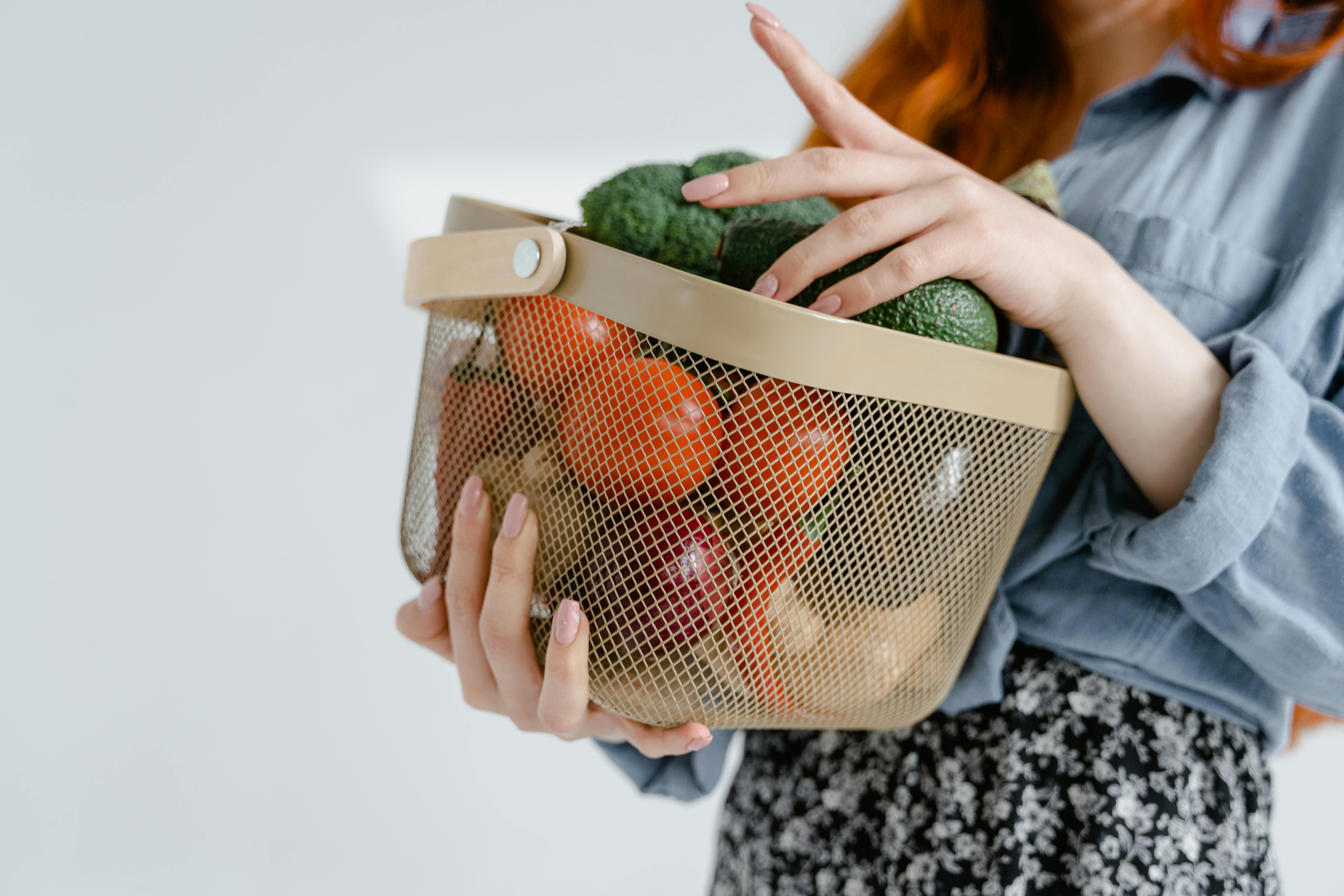Colombia Meal Prep Guide: Save Time & Money With Local Ingredients
Ever realised how hectic Colombian life can get—even on a sunny Tuesday in Bogotá, or during a steamy weekend in Barranquilla? The pace here is pretty relentless, and for professionals (been there myself, juggled client notebooks and lunch breaks), consistently eating well without overspending or losing hours to cooking feels like a luxury. Funny thing is, I used to think meal prepping was some imported concept best suited for US suburbia. Turns out, with a little practice and local adaptation, prepping meals with Colombian ingredients is actually simpler and more affordable than most folks imagine.
Here’s what this guide is all about: practical advice—no fluff, no 20-step recipes—for prepping delicious meals using Colombia’s fantastic local produce, grains, and proteins. Whether you’re just getting started, or you want to sharpen your food game and prep-worthy hacks, we’ll cover must-buy ingredients, regionally smart strategies, budget tricks, weekly plan structures, and real mistakes (like when my cilantro went brown…twice).
Importantly, this guide is grounded in genuine experience. I’ve spent the last five years balancing client calls and market runs, continually adapting my approach to fit Colombia’s rhythms and prices. What really strikes me is how affordable, quick, and nutritious meal prepping becomes once you connect with local markets—my Sunday routine now feels more like a pleasure than a chore.
What is Meal Prep—And Why It Matters in Colombia?
At its core, meal prepping means planning, sourcing, and preparing meals ahead of time—so you can eat well, spend less, and never make emergency calls for takeout empanadas at 9pm. In Colombia, where local markets overflow with fresh produce and prices fluctuate, meal prepping has unique advantages (and some hilarious pitfalls).
- Save money by buying ingredients in bulk when prices are lowest—a tip my neighbor Ana swears by.
- Eat healthier by controlling salt, added sugar, and fat (Colombian snacks, I love you, but you aren’t always waistline-friendly).
- Save valuable time for real work or a quick driver’s nap between meetings.
Informations clés :
Meal prepping in Colombia is not just a time hack—it’s a cultural adaptation that lets you enjoy diverse flavors affordably (arepas one day, frijoles the next) and avoid the daily dinner “what now?” panic.
Key Affordable Ingredients: Where & What to Buy
What I used to get wrong? Trying to replicate foreign meal prep recipes exactly instead of leveraging local Colombian staples. Back when I first moved to Medellín, I’d hunt for quinoa and kale, wasting money, instead of embracing lentils, yuca, plantains, and seasonal fruits.
Typical budget-friendly Colombian ingredients:
- Proteins: Eggs, chicken, trout, tilapia, beans, lentils, beef for stews.
- Grains: White rice, brown rice, corn (harina de maíz), oatmeal.
- Starches: Potatoes (papa criolla, sabanera), yuca, sweet plantains, cassava.
- Seasonal produce: Tomatoes, onions, carrots, guascas, cilantro, avocados.
- Fruits: Bananas, guava, mango, lulo, passionfruit, pineapple.
Both supermarkets and public markets have their pros. For the freshest deals: walk to your nearest plaza de mercado Saturday morning (around 9am is prime time—learned this after too many empty bins at noon). And, pro tip: always ask about “sobras” (leftover cuts) for soup bases—they’re cheap, and full of flavor.
“The secret is in the market. If you know how to buy, your cart is full and your wallet survives.”
I can’t count how many times a vendor’s recommendation has turned bland lunches into power meals—a simple shift in focus changed my whole prep approach.
Time-Saving Meal Prep Strategies for Busy Professionals
Let me be honest—when work gets demanding, even my best intentions crumble faster than stale pan de bono. So, what actually works in real Colombian kitchens? The trick isn’t about fancy gadgets or rigid schedules. It’s about flexible routines, batch cooking, and prepping components you can mix and match. There’s no universal “right way,” just genuinely practical strategies adapted to locale life.
- Weekly Planning: Sundays work best—quick inventory, market run, and prepping staples (rice, beans, roasted chicken). I’m partial to laying out a simple template: protein + starch + veg + local sauce or salsita.
- Batch Cooking: Cook rice, lentils, and a stew base in large batches. Portion and store. Honestly, leftovers have rescued me more times than I care to admit.
- Mix and Match Meal Building: Prep 2-3 proteins, 2 starches, and 3-4 veggies—in containers. That covers 90% of weekday combos. Toss in lulo or pineapple for snacks; lunch, sorted!
- Quick Assembly: Keep tortillas/arepas handy, plus local ají for instant flavor boosts. I’ve found this transforms pretty basic prep into something uniquely Colombian.
Real Human Mistake/Correction:
I used to over-prep salads and under-prep proteins—leading to soggy greens and no lunch. On second thought: balance your prepping by focusing on what keeps best (roots, grains, meats), and add fresh leafy toppings last minute.
Colombian Prep Philosophy—Flexible, Not Perfect
I’ll be completely honest: Colombian kitchens encourage improvisation. Unlike more rigid “fitness meal plans,” here it’s about prepping components that fit any menu. Don’t stress about repetition—rice and beans are foundational because they travail across hundreds of meal combinations. My mentor, a local nutritionist, calls this “planned variety”—and it actually makes life easier. Funny how freeing simple meals can be when you let go of perfection.
Expert Quick Tip:
Prep local “hogao” (tomato-onion sauce)—it’s a Colombian staple, keeps for days, and pairs with eggs, chicken, grilled veg, even leftover rice.
Starter Meal Prep Plan: A Colombian Workweek
I’ll never forget my first successful 5-day plan—turned chaos into calm. Here’s a simplified template anyone can tweak, using common regional ingredients. Note: feel free to swap proteins or veggies based on local deals (vendors love giving “buen precio” with a wink on Mondays).
| Jour | Main Protein | Starch | Veggie/Fruit |
|---|---|---|---|
| Lundi | Chicken breast (Pollo) | Rice (Arroz blanco) | Tomato & avocado |
| Mardi | Eggs (Huevos revueltos) | Potato (Papa criolla) | Mango slices |
| Mercredi | Beef stew (Carne guisada) | Yuca (Cassava) | Carrot & cilantro |
| Jeudi | Tilapia or trout | Rice (Arroz blanco) | Pineapple |
| Vendredi | Lentils (Lentejas) | Arepas (Corn cakes) | Cabbage salad & banana |
Pause here and think about this: With a single batch of rice, a stew, a tray of roasted chicken, and chopped veggies, you can literally assemble five unique lunches and rotate dinner options. You’re saving money—and eating like a local. I need to revise my earlier point: Planning doesn’t rule out fun—it actually enables impromptu flavor swaps when new produce appears.
“Planning is about removing stress. Multitasking with Colombian flavors means no two days taste the same.”
Ever notice how one-pot stews (like “sancocho”) can stretch across three meals just by changing up fresh toppings or sides? That’s what real-life prepping looks like—a baseline you modify, snack-on, and reinvent daily.

Marketplace Mastery: Bogotá, Medellín & Coastal Secrets
Truth is, every Colombian market is its own universe. Honestly, I used to get lost between the banana piles in Paloquemao (Bogotá’s biggest market), until I realised it’s all about local rhythm—and a little friendly haggling. Meanwhile, the coastal plazas (like Mercado Bazurto in Cartagena) burst with seafood and exotic fruits, while Medellín’s La Minorista market excels in volume pricing and farm-fresh delivery. Let me break down some city-wise tips—and yes, some tried-and-true errors.
- Bogotá: Early mornings bring best deals. Look for “combo” specials (avocado, tomatoes, onions bundled). Vendors offer rural delivery from nearby farms.
- Medellín: Stallholders often rotate produce—ask for “rebusque” (leftover basket deals) at day’s end.
- Cartagena/Coast: Shop Thursday afternoons—fresh seafood just in, plus mango and maracuyá overload.
Key Local Shopping Insights:
Always check prices before buying; costs in supermarkets and markets vary weekly. Track deals with a simple phone note—learned the hard way when I paid twice as much for mangoes in March.
Seasonality matters too. Colombian climate lets you buy tomatoes, potatoes, and onions year-round, but certain fruits peak seasonally. For example: pitaya in late spring, feijoa in autumn. Regional savvy means you’ll plan more delicious meals for less.
Advanced Multitasking: Batch Cooking, Storage & Smart Reuse
Here’s where meal prepping evolves. Once you’ve nailed the basics, Colombia’s variety lets you level up: prepping for the freezer (arepas, empanadas, soups), tweaking with new spices (cumin, achiote), and reusing staples creatively. I’m still learning (last week’s veggie casserole was sort of bonkers), but here’s what works:
- Freezer Meals: Cook extra beans or stews; portion and freeze. Empanadas freeze well and reheat nicely. It’s way, way better than last-minute delivery.
- Sauce Bases: Prep “hogao,” ají, guasacaca in big batches. Use as a base for rice, grilled meats, or breakfast eggs.
- Leftover Reuse: Yesterday’s chicken becomes today’s arepa filling or a topping for lentil salad.
- Portion Control: Use small containers (Colombian “lunch-boxes”). Keeps lunch fresh, saves money. Always pack a fruit!
“Batch cooking is the backbone of Colombian family kitchens—leftovers are a tradition, not an accident.”
Real Budget Breakdown (With Local Price Table)
Let’s talk numbers. Many email-ers ask, “Can you really save money meal prepping here?” Short answer: yes. I’ve tracked my own weekly costs and compared with public data4. Prices bounce around seasonally, but prepping in bulk almost always beats eating out.
| Ingrédient | Unit | Avg. Price (COP) | Typical Meal Cost |
|---|---|---|---|
| Rice | 1kg | 3,000 | ~500 per meal |
| Chicken breast | 1kg | 14,000 | ~2,500 per meal |
| Œufs | 30ct | 9,800 | ~330 per meal |
| Potatoes | 1kg | 2,200 | ~350 per meal |
| Tomato | 1kg | 4,400 | ~600 per meal |
Looking at these numbers, the average home-cooked lunch runs 2,500–4,000 COP ($0.60–$1.10 USD)—less than half a restaurant meal in most cities5. Remember, prices swing (especially during holidays), so keep your own simple log for accuracy. I go back and forth on produce costs during rainy season, but grains and proteins remain reliably cheap all year.
FAQ: Colombian Kitchen Challenges
Let’s address some honest, real-world questions I regularly encounter. These aren’t hypothetical—they’re straight from meal prepping friends, clients, and emails.
- “Do ingredients really stay fresh all week?” Generally, yes—if you follow proper storage (airtight containers, cool dry place). I’ve had best luck with root veggies and grains. Leafy greens, not so much—add last minute.
- “Can I freeze typical local ingredients?” Absolutely. Arepas, cooked rice, beans, and many stews freeze well. Fruits like mango or pineapple don’t—better keep them fresh for snacks.
- “How do I avoid food fatigue?” Mix up spices, sauces, and starchy bases. Honestly, rotating between arepas and potatoes works wonders. Colombian condiments (hogao, ají) make every leftover taste new.
- “Can I meal prep healthy if I’m vegetarian?” Definitely. Legumes (lentejas, frijoles), eggs, and cheese are protein-packed and versatile. Add seasonal veg for color and nutrition6.
Practical Takeaway:
Think of Colombian meal prepping as a lifelong skill. The more you adapt to what’s in season, improvise with sauces and toppings, and work with local pricing, the easier (and tastier) it gets. Don’t stress over perfection—implement what works, adjust on the fly, and embrace occasional kitchen disasters. (My burnt tamal, 2023, still legendary.)
Références et ressources
Références
Final Thoughts & Practical Call-To-Action
Your Next Steps:
Start simple—prep rice, beans, and a protein, then riff on local sauces and fresh produce each week. Track your market savings and meal successes; share or ask questions in community forums. If you’re ready for a challenge, pick a brand-new Colombian fruit next week and build a meal around it. Above all, enjoy the process—cooking should never feel like punishment, especially when the ingredients are this spectacular.
“Meal prepping in Colombia is about savoring every bite, not just saving money or time. The joy is in the process—and the people you feed.”
If you take one thing away: local adaptation beats imported trends, and there’s nothing more satisfying than a fridge full of easy Colombian meals after a long day. Try, fail, learn, repeat—that’s how Colombian kitchens thrive.



